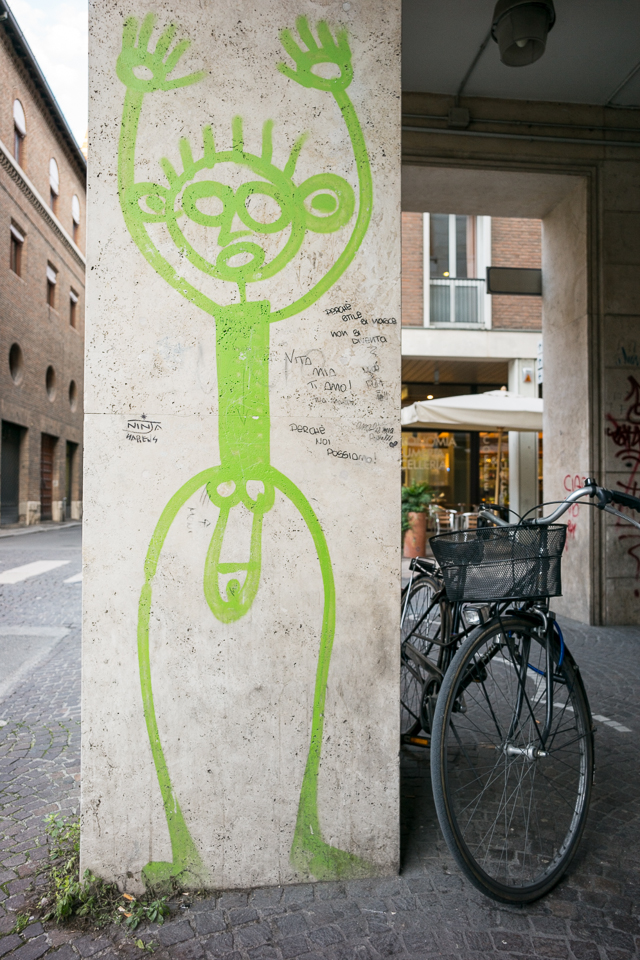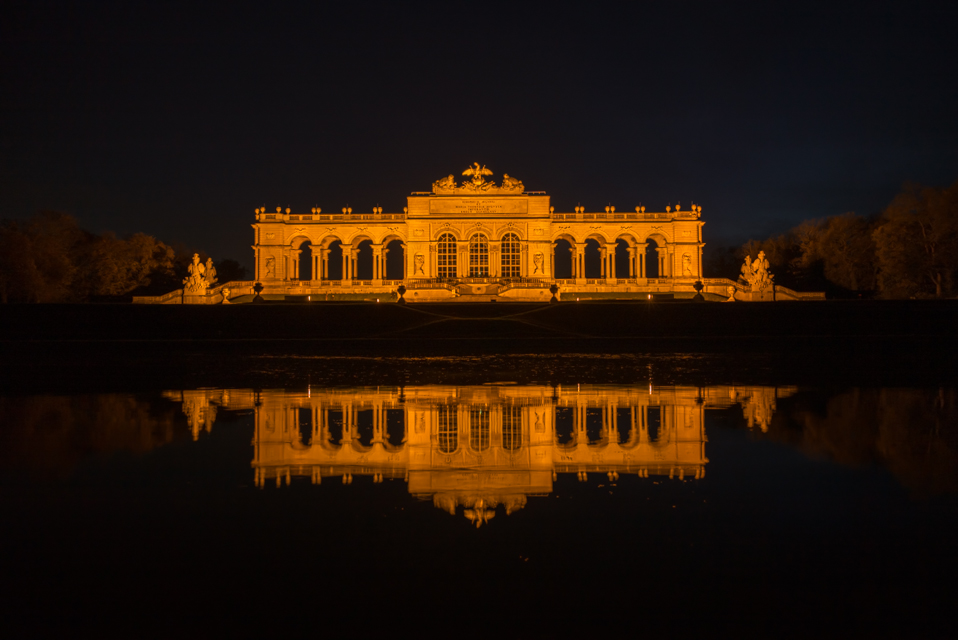
Schönbrunn Palace is the summer palace for the Hapsburg dynasty. Today it lies on the outskirts of Vienna, but at its height it would have been outside of the main city. The palace is noted for its extraordinary gardens and pavilions, a small zoo and parklands. Continue reading “Schönbrunn Palace”
Art in Vienna
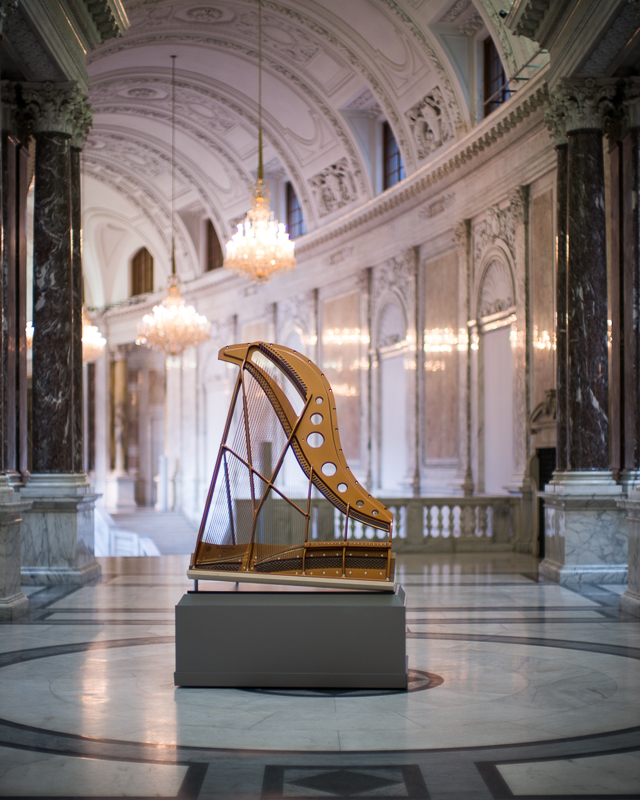
Vienna is a city steeped in culture and as one comes to it for the first time, it is actually overwhelming in the diversity and richness of what it has to offer. There is much to say about it, far more than can possibly be covered here, I thought I would present a collection of images from some of the museum visits that I made during my short sojourn here. Continue reading “Art in Vienna”
Around Ravenna, Art
I was fortunate to be in Ravenna during its Festival of Night, Notte D’orio. These festivals are a fantastic adventure, an intersection of the various arts; from music all around the city streets, its various museums open for free visits until midnight, street performers, dance parties, and the like. Continue reading “Around Ravenna, Art”
Ravenna’s Contemporary Mosaics
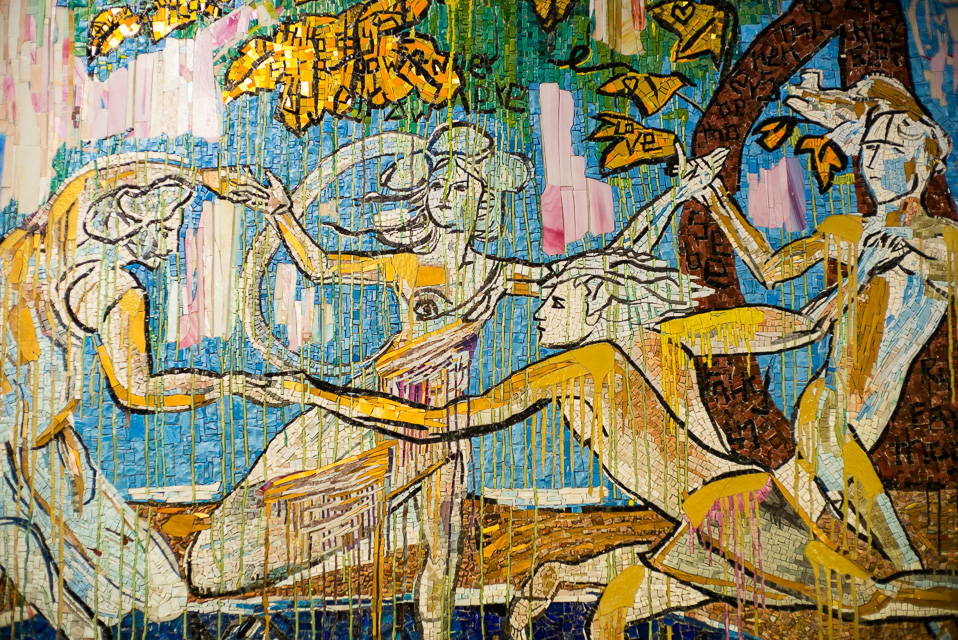
The early Christian mosaics of Ravenna, among the best preserved pieces of their era, present a tantalising view of the art from the late Roman and Byzantine empires. Ravenna was to surprise an unwary traveller, with a vibrant and exciting contemporary Mosaic’s scene. The Mosaics are on display throughout the city; museums, galleries, as you would expect, but also workshops that are producing grand works, and the display of contemporary work in 6th Century Baptisteries. As the following images contend, it can still lay claim to a vibrant centre of Mosaic Art, one that has survived for over a millennia and still going strong. Continue reading “Ravenna’s Contemporary Mosaics”
Ravenna’s Early Mosaics
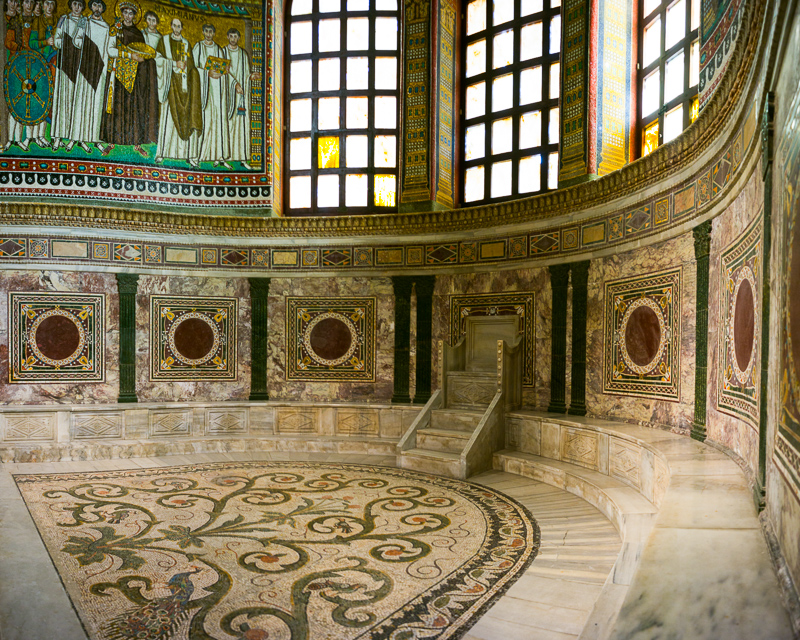
The Emperor Honorius, son of Theodosius I, moved the capital from Milan to Ravenna in 402; in the words of Edward Gibbon, to remove himself from the tribulations of the risky business of being Emperor, with Ravenna more or less impregnable and quite out of the way of the primary activities of empire during a period of turmoil. Furthermore, for the barbarian generals, having the emperor out of the way, meant they would have a far freer hand in their military activities. Seemingly, this was an arrangement suitable both for emperor and general, but in reality was another symptom of the continued decline of the Western Empire. Continue reading “Ravenna’s Early Mosaics”
The Walls and City of Verona

Both spectacular Roman sites, Verona’s Arena and Amphitheater, impress with their ancient roots and extensive and well-fortified walls. The walls foundations are from Roman times, with various extensions added during the middle ages. With a capacity of several thousands of spectators, Verona’s arena enchants and its very presence dominates the city square. Continue reading “The Walls and City of Verona”


